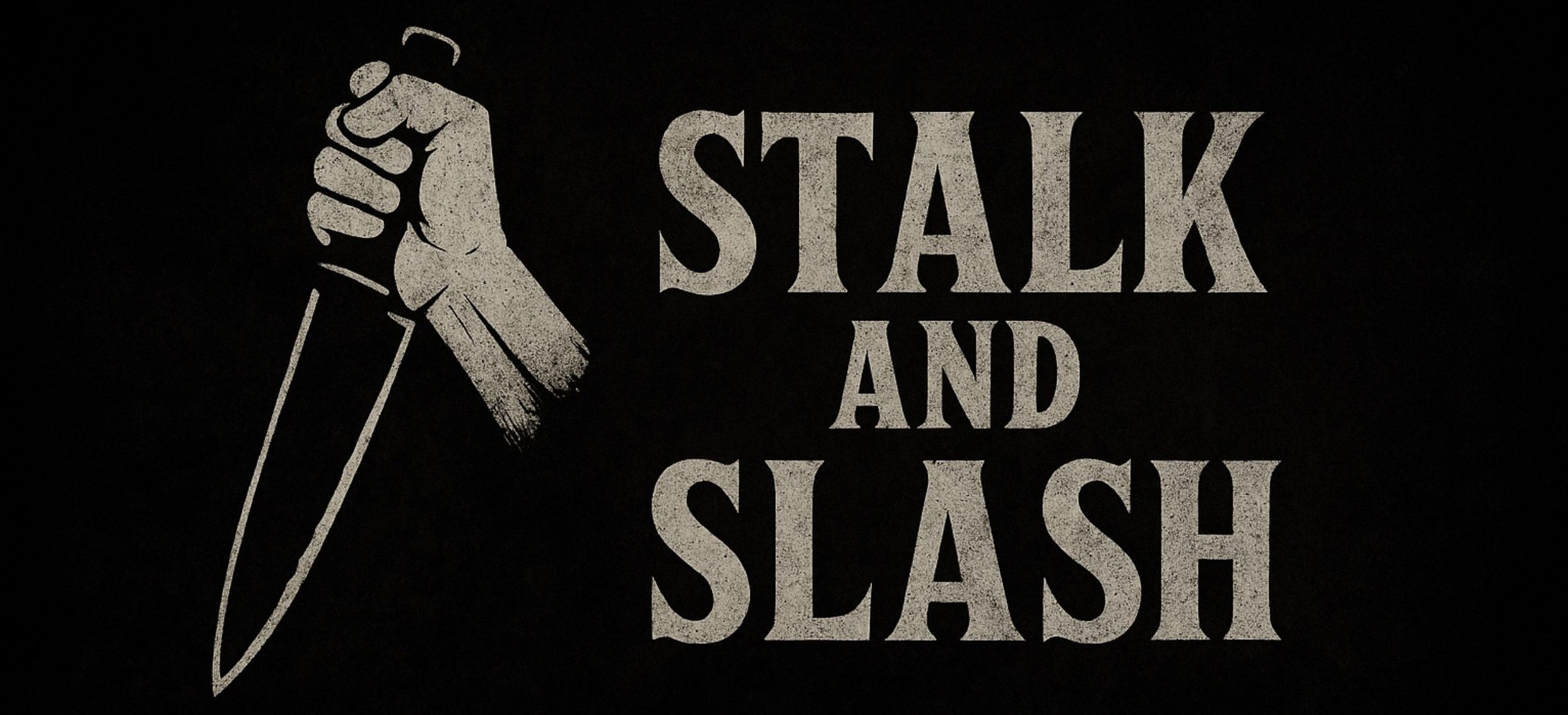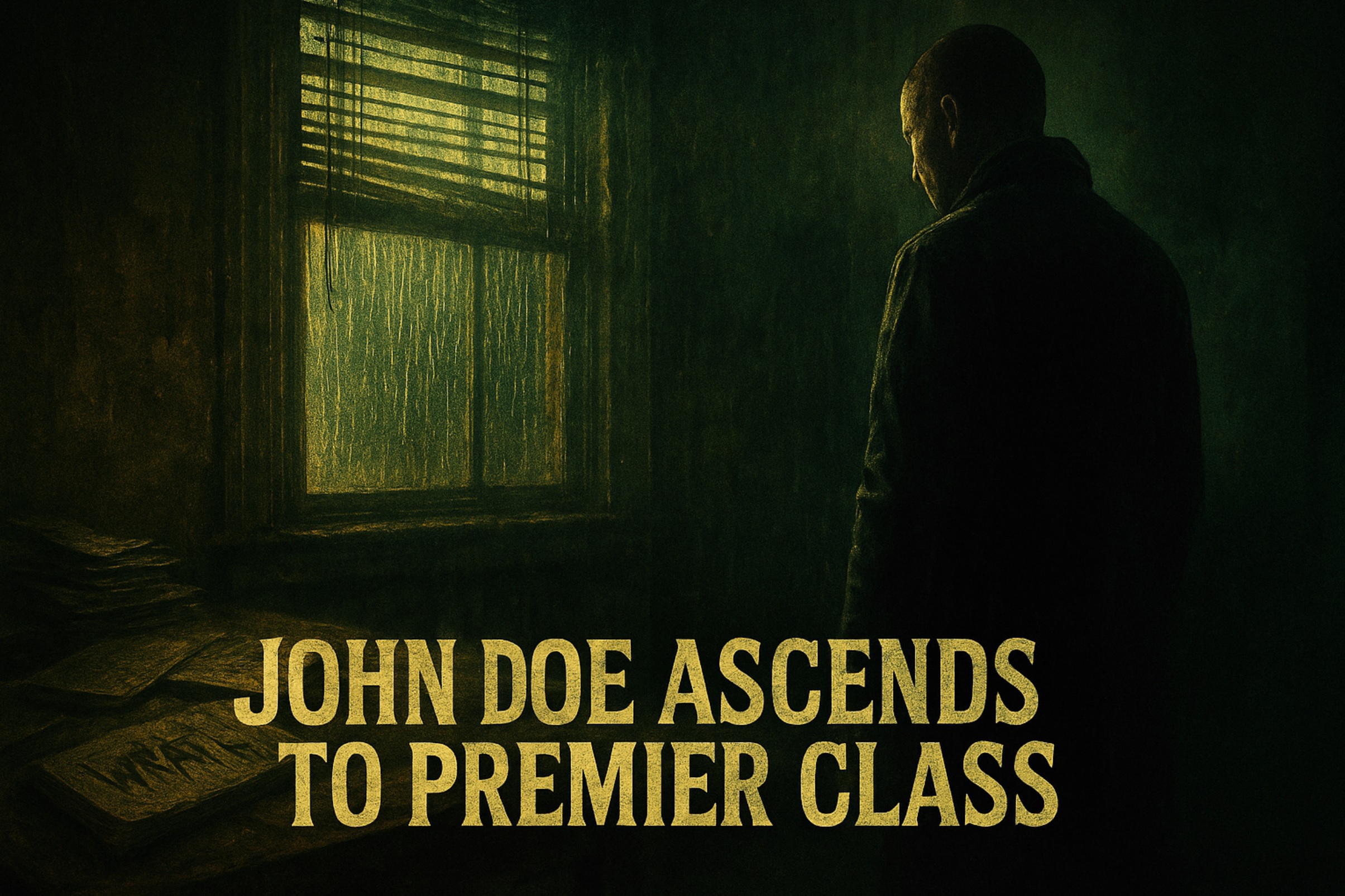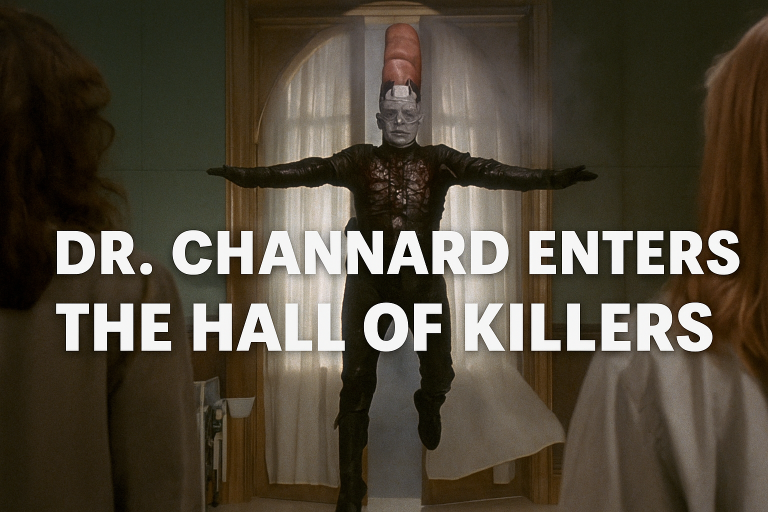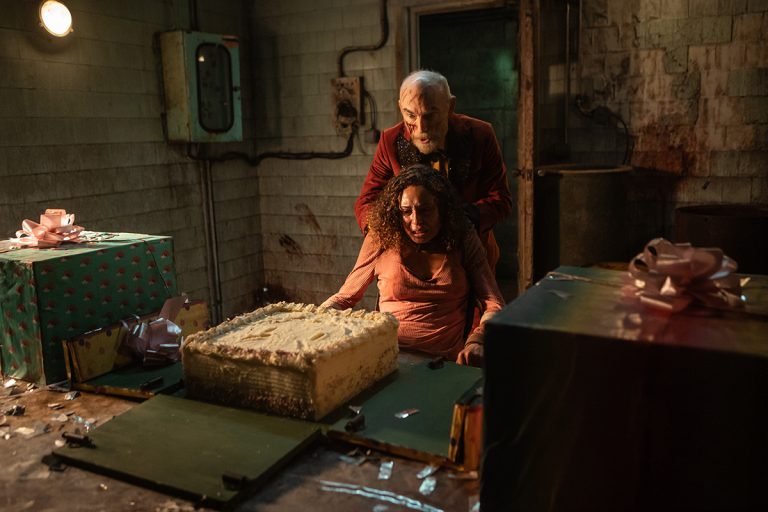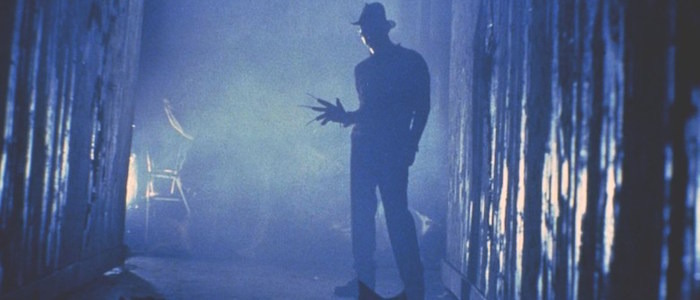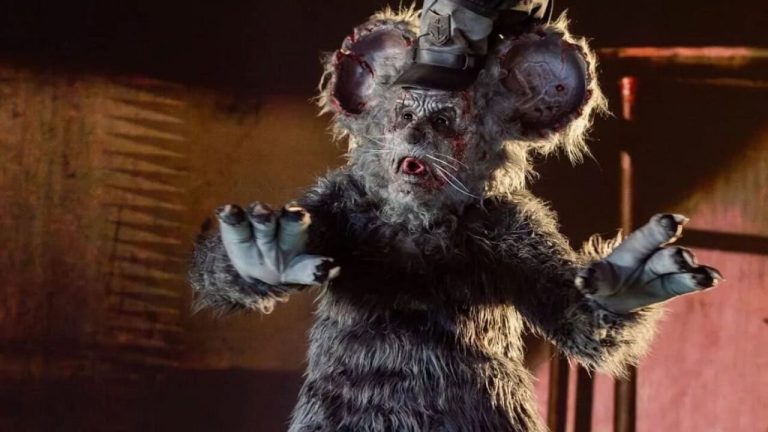John Doe Carves His Way into the Premier Class of the Hall of Killers
John Doe has finally made it. The quiet man with the notebooks, the obsession with morality, and a taste for the grotesquely poetic has joined the Premier Class of the Hall of Killers. Some villains murder for fun, others for chaos, but John Doe did it for art. He took the concept of sin and turned it into an urban nightmare that still haunts audiences thirty years later.
Before we go any further, let us remember that Se7en is not just a movie. It is a sermon. A soggy, rain soaked moral lecture delivered through mutilation and despair. David Fincher directed it with the precision of a surgeon who has lost faith in humanity, and in the middle of that bleak cathedral of crime sits John Doe. He is not a man of impulse but of order, a figure who catalogues the world’s decay in leather bound journals and responds to it with creative slaughter.
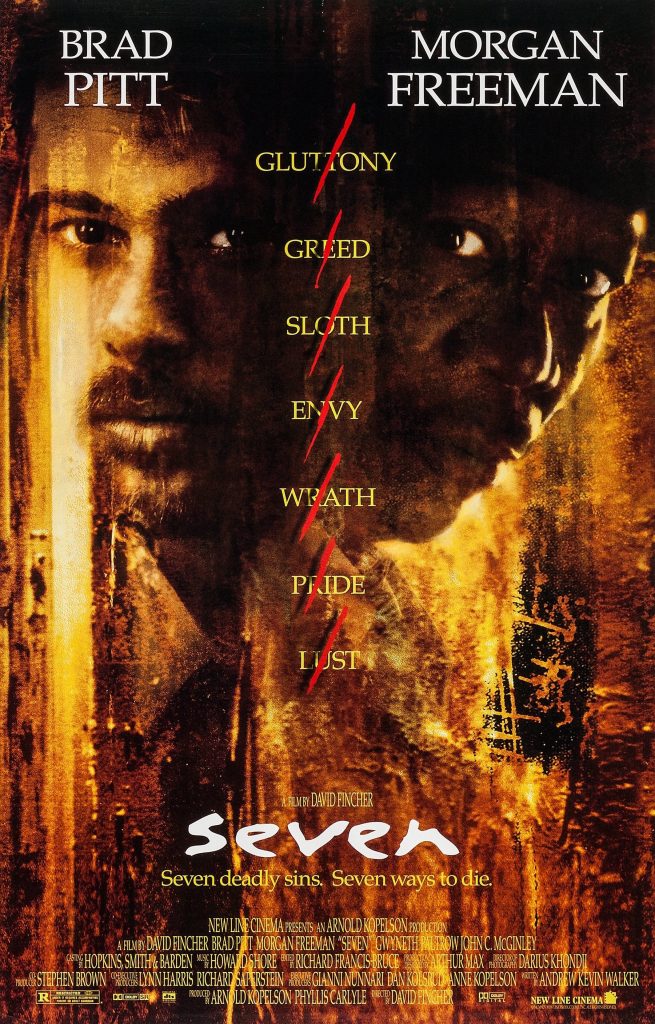
Played with eerie calm by Kevin Spacey, John Doe is less a character and more an idea made flesh. His mission is to punish the world’s sinners in a sequence of murders inspired by the seven deadly sins. There is Gluttony, which involves a forced feast, Sloth, which redefines the word patience, and Envy, which leaves everyone in the cinema with a broken jaw. The film built him up without ever showing him until it mattered most, letting our imagination do the heavy lifting. By the time he turns himself in, we already fear him more than any faceless monster.
Now, with his induction into the Premier Class of the Hall of Killers, John Doe sits comfortably alongside the likes of Art the Clown, The Witchfinder General, and Damien Thorn. It is fitting company for a man whose crimes were delivered with biblical zeal and a sense of showmanship that would make Lucifer blush. If Freddy Krueger is the prankster of nightmares and Hannibal Lecter is the gourmand of gore, John Doe is the philosopher of pain.
His legacy stretches far beyond Se7en. Every grim detective story since owes him a debt. Without John Doe, we might never have seen the rise of the methodical mastermind archetype that dominates prestige television today. Think of all those killers who leave clues, write manifestos, and think they are teaching humanity a lesson. They are all children of John Doe’s lesson plan.
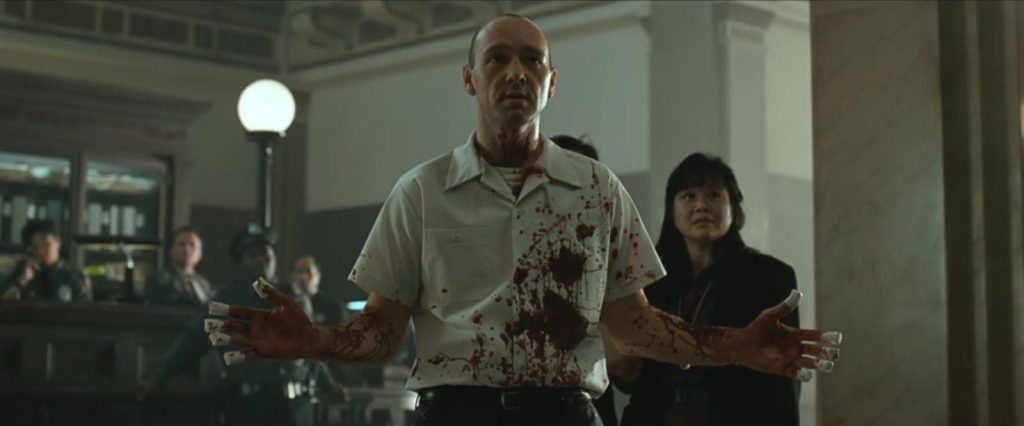
The film itself remains one of the darkest achievements of the 1990s, refusing to provide comfort or closure. Even its famous ending still lands like a punch to the soul. “What’s in the box?” has become shorthand for unbearable dread, the kind of line that never fades no matter how many times you hear it. It is horror through despair, a masterpiece that traps both characters and viewers in a moral vice.
Of course, we should mention that John Doe’s plan technically succeeded. He manipulated everyone, including himself, to complete his ghastly sermon. He became both villain and victim, martyr and monster. In a way, that twisted success is what earns him his place in the Premier Class. The Hall of Killers recognises those who go beyond blood and body count, those who redefine what it means to be horrifying. John Doe’s horror lies not just in what he did but in how easily we understand why he did it.
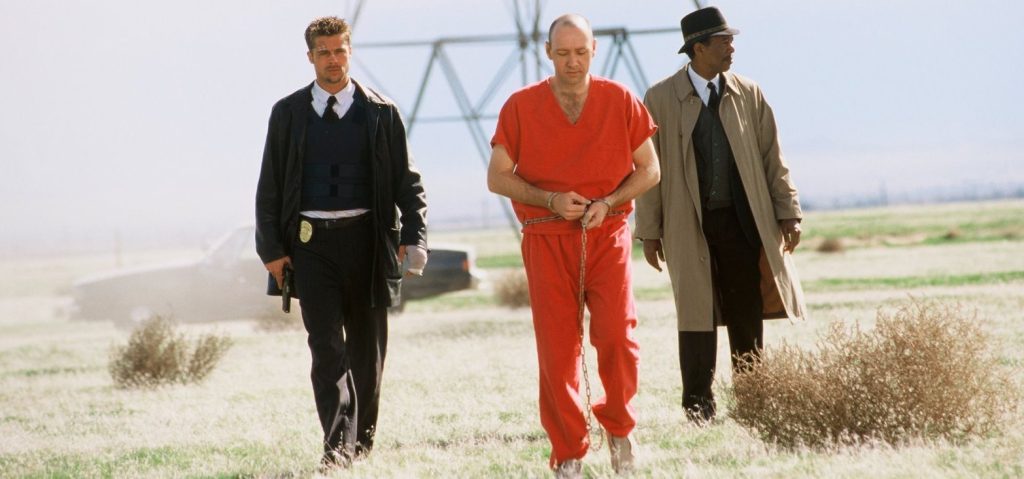
The Premier Class celebrates complexity and craft, and John Doe’s work is nothing if not meticulous. His apartment alone was a shrine to madness and dedication, with countless handwritten notebooks filled with the rantings of a man who thought God was on permanent leave. It was not just a lair; it was a lifetime achievement exhibit for insanity.
If there is any justice, John Doe will spend his eternal afterlife alphabetising his journals in some dusty corner of Hell, waiting for the next sinner to walk through the door. Until then, he has found a more fitting home among the greatest monsters of fiction, his sermons forever echoing in the rain.
